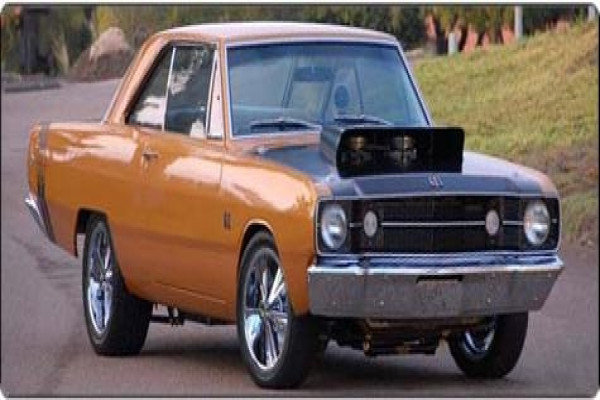Modern electronic fuel injection systems are at once simple and at the same time a marvel of modern technology. The fuel pump draws fuel from the tank and sends it through the fuel line. Fuel works its way through a fuel rail and into the fuel injectors. The fuel pressure regulator senses engine vacuum and maintains the ideal fuel pressure. Fuel injectors spray fuel according to varying engine loads and speeds. In a perfect world fuel is perfectly metered into each cylinder through the fuel injectors at exactly the right moment to produce the best combination of power and efficiency.
Under Pressure.
When things go wrong in the fuel supply chain, the first thing on the list of suggested things to fix or replace is often the fuel pump. Before rushing into replacing what is sometimes the most expensive and difficult to access component in the fuel system, it's a good idea to run a fuel pressure test. Peering into what's going on with the fuel pressure can provide a better idea of overall fuel system condition. Replacing a fuel pump can be an involved job. The problem could turn out to be an easy-to-replace 14-buck fuel filter or a dead fuel pump relay.
Divining Rod.
Besides a fuel pressure gauge and fire extinguisher, the next most important tool in this test is a repair manual for your car or engine. Every automotive fuel system is slightly different and has fuel pressure specifications and requirements unique to the system. While modern fuel injection systems work more or less the same in theory, the service manual will outline test procedures and pressure ranges for your particular engine. If the engine is getting air and spark but still acting the goat, a fuel pressure test can help diagnose what's going on. Some possibilities are:
Too Much Pressure.
Excessive pressure will force too much fuel through the injectors and cause the engine to run rich. Poor mileage, fouled spark plugs, sluggish or surging idle, and black smoke out of the tailpipe can all be caused by an over rich condition. Test the fuel pressure regulator.
Not Enough Pressure.
Choppy idle, poor engine performance and misfire can all be caused by low fuel pressure. Low fuel pressure could mean a clogged fuel filter. Check and replace fuel filter before going after the pump. Fuel tank crud can also clog in-tank sock or in-line filters. Test the fuel pressure regulator.
No Pressure At All.
Listen for fuel pump whine to hear if the fuel pump is even running. Test for current to the fuel pump. Test the fuel pump relay. Check for the obvious pinched, bent, or even leaking fuel lines. If nothing gets the fuel pump going then replacement could be in the future.
Hooking Up.
Selecting the right fuel pressure gauge kit depends on the make and model of vehicle and type of test fitting. If your Alfa Romeo Montreal's SPICA fuel injection or Mitsubishi Starion's Mikuni throttle body system is acting up then cobbling together a custom adapter may be the only way to test the system. Use only fuel injection line and hose clamps designed for fuel injection if making an adapter. Regular low-pressure fuel vapor line and hose clamps won't hold up to high-pressure fuel. Before beginning any work with fuel, start by finding a working fire extinguisher approved for extinguishing fuel and place it nearby. Don't leave fuel soaked rags in a heap as they can combust and cause a fire. Eye protection and gloves are highly recommended.











